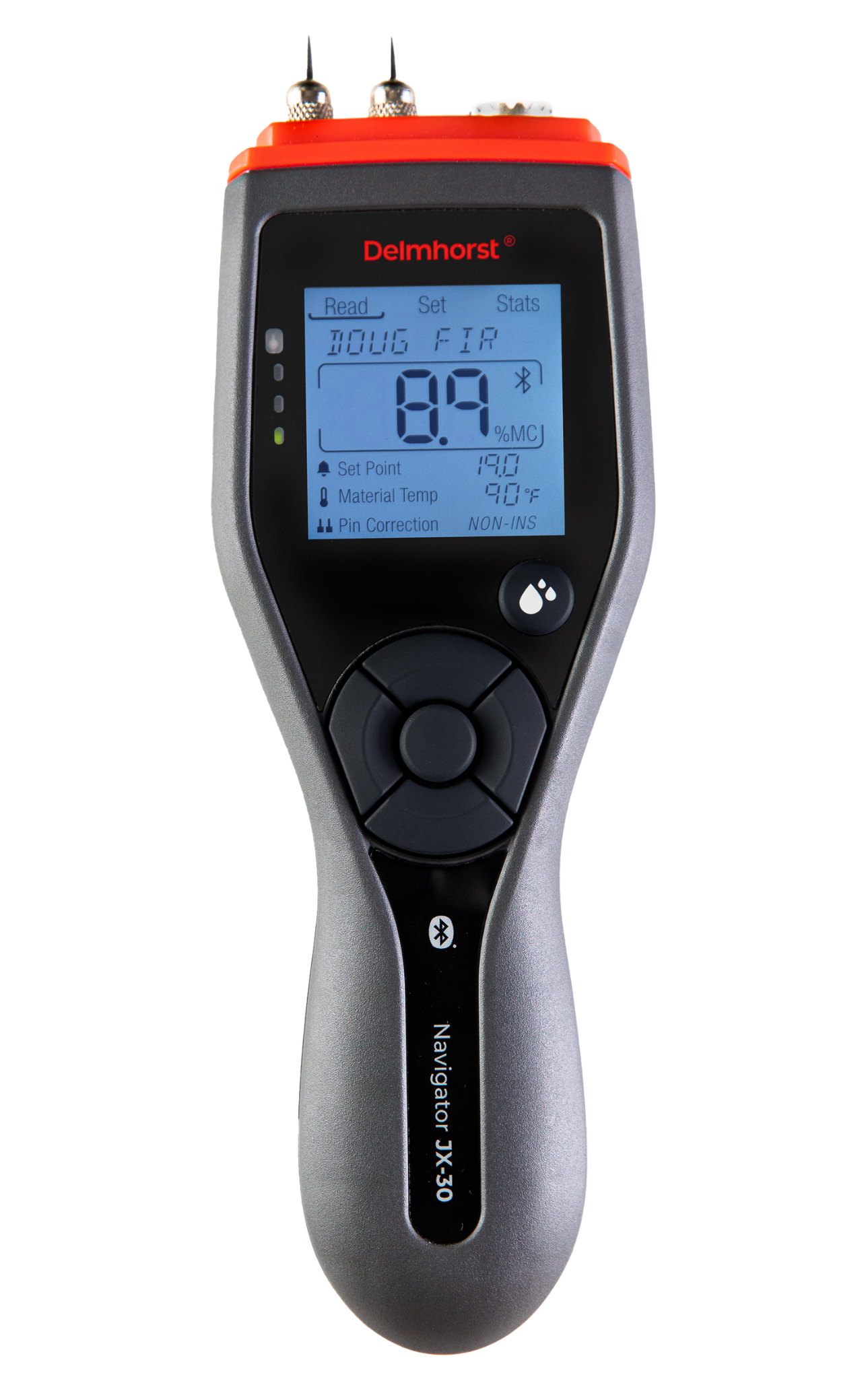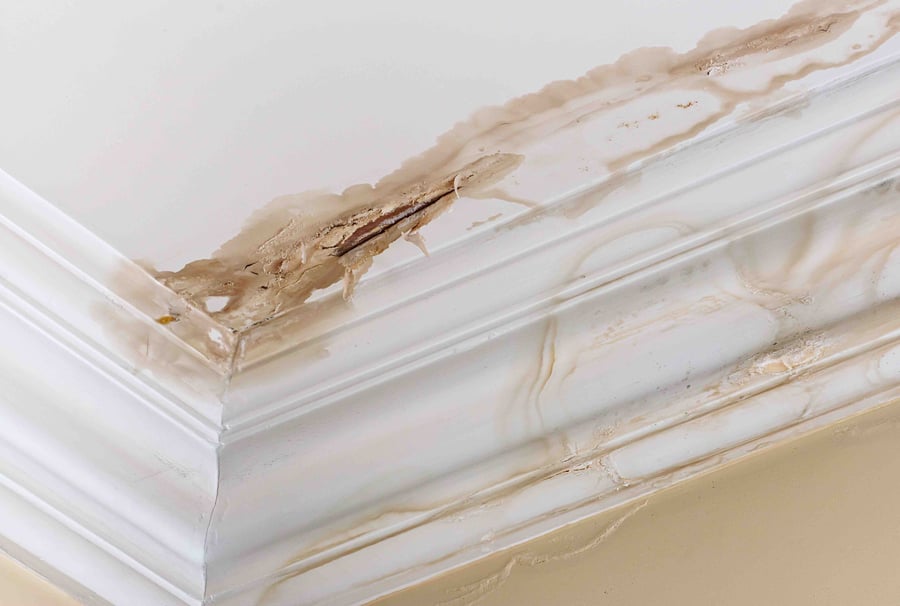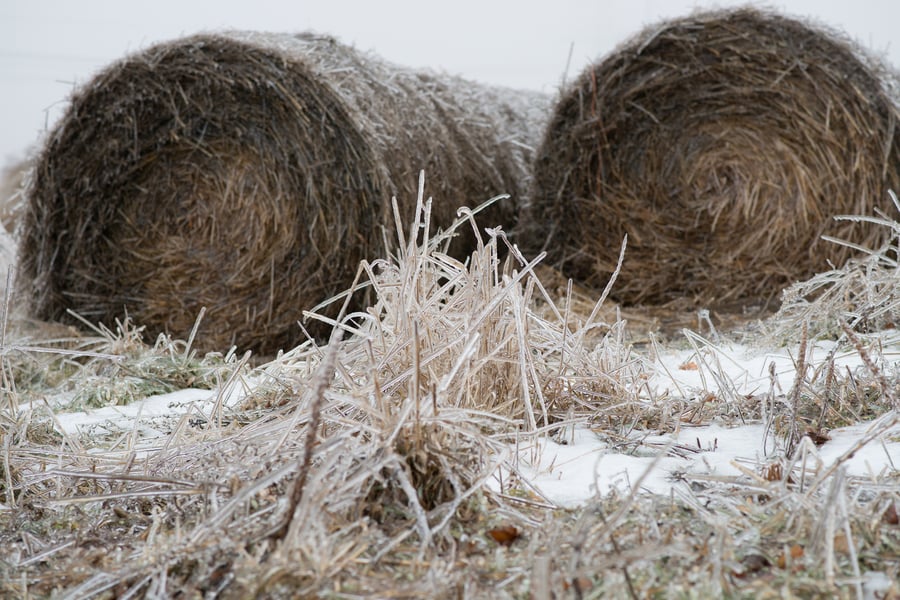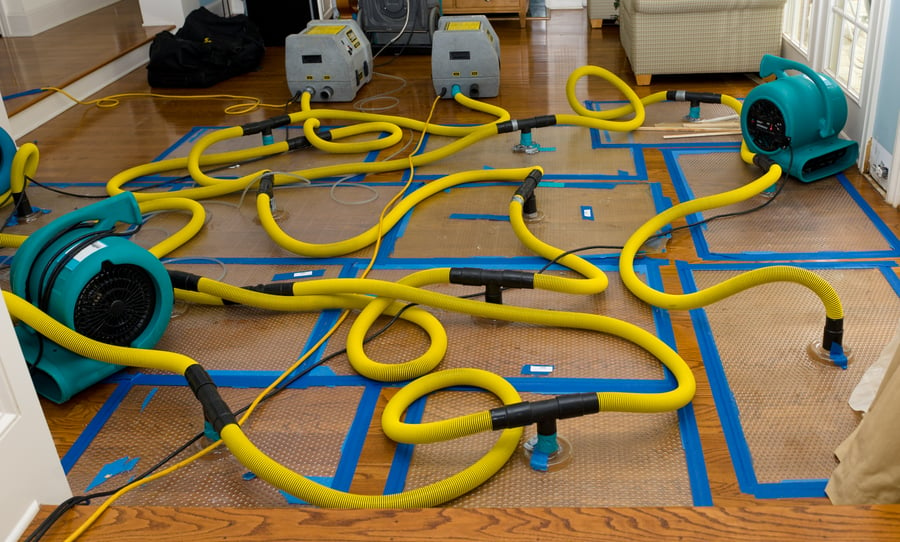How to Determine Mold Risks with Moisture Meters

Mold is everywhere. As a naturally occurring substance, it plays a critical role in maintaining a healthy ecosystem. Uncontrolled mold, however, can present significant challenges if it grows where it's not wanted. It can cause allergic reactions or illnesses in people and also erode the integrity of building materials if it infiltrates them and is left to flourish. Consequently, keeping a vigilant eye for possible mold problems throughout every construction process will ensure your building project doesn't develop a mold issue during construction or after completion.
Understanding Mold's Menace
Usually, it’s easy to spot health and safety hazards on the job site. The presence of mold, however, is not always apparent. Often hidden from view, unmitigated mold can affect the integrity of building components, including walls, floors, ceilings, and even framing members. In addition to causing unseemly odors, some types of mold can also trigger allergies and similar reactions, such as sneezing, itchy eyes, and nasal congestion. Mold can also cause serious diseases if exposure to it is left untreated.
Using Delmhorst Tools to Detect Mold
Mold needs moisture to germinate and grow, so controlling moisture is also critical to preventing mold. Many people rely on Delmhorst's extensive line of moisture measurement tools to manage moisture levels in their homes, offices, and building sites. Any of the devices below can perform mold detection work:
- Delmhorst's HTX-30 Thermo-Hygrometer measures the environment's ambient or relative humidity (RH). RH is the actual moisture level in the air compared to how much there would be if the air were saturated. (A high RH level, 80%, for example, means the air is saturated with 80% of its total capacity to hold water.) Measuring the RH of the environment to determine precise moisture levels can help pinpoint where mold risks might arise.
- Delmhorst’s pin-type and pinless moisture meters then identify the percentage of moisture content (%MC) in building materials, including wood, drywall, and cement. The Delmhorst BDX and JX series of pin-type meters are part of its Navigator™ line of meters. Both come with data-sharing capacities through Bluetooth® technology and advanced moisture measuring capabilities using the company's proprietary EDGE™ App. Delmhorst's ProScan pinless moisture meter for wood quickly scans flat surfaces for underlying moisture without intrusion into the material. Its TotalCheck 3-in-1 pinless meter offers both pin and scan modes, and acts as a thermo-hygrometer as well, making it indispensable at many construction sites.
These meters offer several methods for detecting the moisture content (%MC) in both the environment and materials to determine whether a risk of mold exists. Individually and together as a system, they offer you the advanced moisture detection capacities needed to control moisture and mold in any location.
Choosing the Right Moisture Meter
The design of each moisture meter is based on the material it will be testing. Wood, for example, presents a different %MC profile than drywall. Accordingly, Delmhorst’s range of moisture meters is designed to cover a variety of materials, so there’s always one available to monitor moisture in your environment.
Pinless Moisture Meters
Pinless meters use electromagnetic frequencies to check for a high internal moisture content. They don't puncture the testing surface, so their use won’t diminish its appearance. Delmhorst's pinless moisture meters are popular because of their ease of use and capacity to cover large areas quickly and efficiently. These devices use a scanning plate pressed against a flat surface; a simple button push activates the scanner, and the test result is delivered via the meter's back-lit screen.
To ensure reliable readings:
- The surface must be flat and smooth, ideally. Good contact between the scanner and the material ensures a sound reading.
- Know what you’re reading. The meter's sensor captures data across its several square inch face and then averages those %MC readings to register the moisture level.
Pinless meters work best on drywall and smooth wood surfaces.
Pin-type Moisture Meters
When punctures aren't a problem, pin-type moisture meters are the tool of choice. These devices push two electrode pins or probes into the material, forming a circuit. An electrical current is passed through the probes, and the meter measures the material's conductivity as the electricity passes through it. High conductivity reflects a high %MC.
Pin-type meters offer several benefits:
- Insulated pins reveal the location of moisture pockets that can be present in wood and not identified.
- They eliminate the challenges posed by uneven surfaces, which are difficult to measure with a flat plate.
- Longer pins and probes can penetrate deep into the material to find moisture that pinless meters can’t.
Pin-type meters take a little more time to use but provide accuracy and reliable readings. On many jobs both pin and pinless meters are used for the advantages each offers.
five mold risk detection tips
Mold risks can arise in almost any location, and Delmhorst moisture meters provide the tools you need to find and mitigate them. Following these best practices for detecting unwanted moisture promises your best opportunity for success:
- Start with the Delmhorst HTX-30 thermo-hygrometer, which tells you where high levels of environmental moisture are occurring and where mold or mold spores might be present.
- Move to Delmhorst’s moisture meters to inspect materials around where water might infiltrate the space. Gaps in attics, exterior walls, and pipe and cable perforations are often the site of moisture intrusions.
- Use pinless meters for %MC readings in materials with large flat surfaces that present discoloration, such as walls, floors, and ceilings.
- Use pin-type meters to penetrate into materials. Use longer probes in materials and insulation behind barrier walls, such as drywall.
- When using a pin-type meter, introduce the probe from multiple angles. Moisture can build up in pockets while not permeating the entire area.
Mold can pose significant risks to human health and building material integrity. Delmhorst’s thermo-hygrometers, pin-type, and pinless moisture meters provide fast, reliable environmental and moisture level readings at any building site, giving workers the data they need to ensure a safe and sound construction project.
Call Delmhorst today and connect with a specialist to learn more about how their premier thermo-hygrometers and moisture meters can help you detect and mitigate the risk of mold. Delmhorst also offers moisture detection tools for specific building materials, such as drywall and gypcrete. You'll read about those in our next blog post.
Subscribe to Our Blog
Post Related

architectural consultant
home environment
mold prevention
mold prevention home design
toxin exposure in home
prevent toxin exposure
sustainable architecture
safe home design
online architecture consulting
architecture tips
Dwell Well Institute, Inc. Provides Invaluable Home Design Knowledge Regarding Mold Prevention

